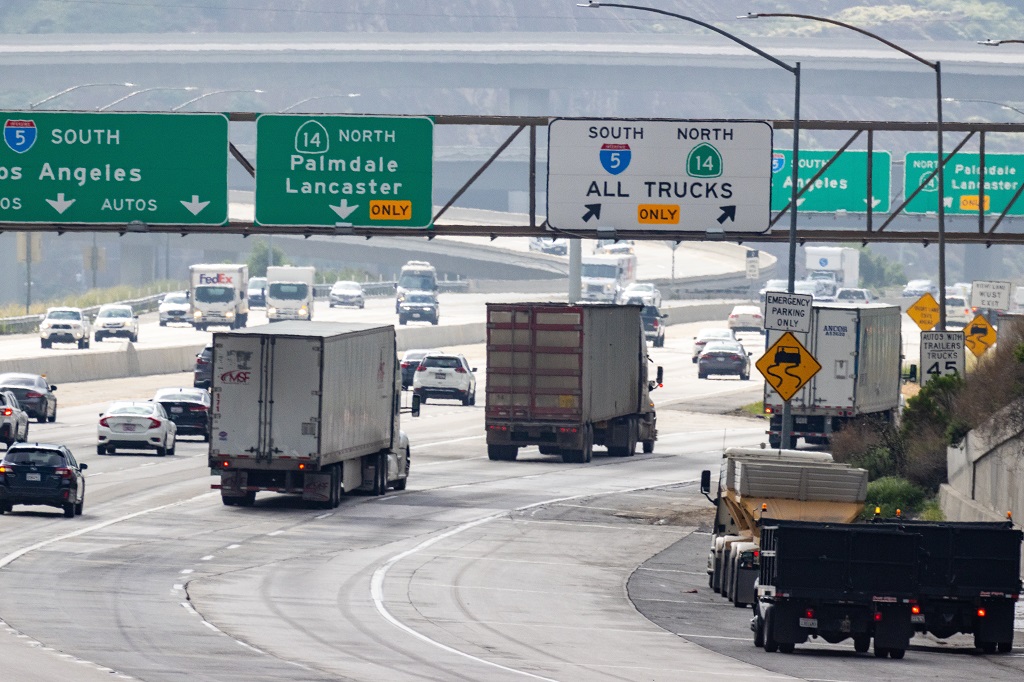
“Stop burning fossil fuels.” What does that involve exactly? Most of us probably think first of tailpipe emissions—and indeed, transportation is a major source of the greenhouse gas emissions (GHGs) insulating and warming our planet. In California, it accounts for about 40 percent of all GHG emissions.
Industrial activity is another major culprit. The process of drilling and transporting oil and fossil gas (aka “natural” gas) puts a lot of GHGs into the air even before these fuels arrive at power plants to be burned. The same is true of coal mining.
Because much of the energy powering factories comes from fossil fuels, manufacturing all the stuff that fills our homes and offices is responsible for a big chunk of emissions. What’s more, many industrial processes—like making cement and plastics—inherently involve emitting GHGs, even aside from what’s emitted by burning fossil fuels for energy. Industrial sources make up a little over 20 percent of our state’s emissions.
After transportation and industry, a third major source of GHGs is buildings. Together, residential and nonresidential buildings account for around 25% of California’s total emissions! Heating and cooling the air, heating water, and cooking with fossil gas are all part of the problem.
While the sources of greenhouse gases are many, there’s only one way to stop emitting them: leaving fossil fuels in the ground. Clean energy sources like solar and wind power are already here; the time for transition is now.
What are sources of GHG emissions in Contra Costa County? Check out this blog post by Gary Farber of our Climate Policy Team.
Photo by David Brown on Pexels.
This article first appeared in our June 2023 Newsletter

